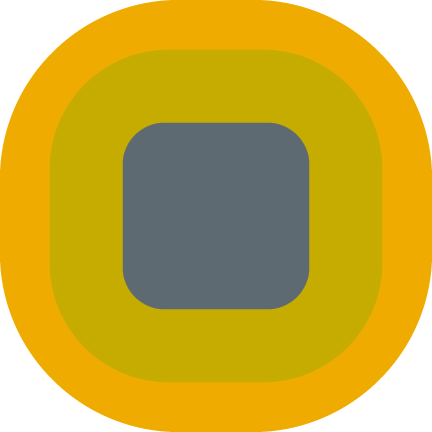New York City-based Odyssey House, a 33 year-old therapeutic community (TC), plans to open an innovative treatment center for adolescents based on a variation of the TC model that will help the most troubled youths who have high service needs. this will include adolescents with co-occurring substance abuse and mental health disorders, though the center will not be restricted to that population.
Odyssey House will be participating as part of a program funded by the New York State Office of Alcoholism and Substance Abuse Services (OASAS) that is encouraging new and innovative residential models to meet the unique needs of adolescents, pregnant women, and women with children.
“We have found that many adolescents who are drug-involved have a range of [issues] that prevent them from successfully engaging in different treatment programs,” Peter Provet, Ph.D., president of Odyssey House, told ADAW.
Odyssey House will base the program on the model that it pioneered – the Enhanced therapeutic Community (ETC) model. Like the TC model, the ETC model is highly structured with strong supports and a community-type atmosphere with spelled-out duties and responsibilities. But the enhanced model is also designed to treat long-term chronic relapsing disorders based on the idea of modifying anti-social behavior. It is a flexible model that can support multiple therapies.
Odyssey House will modify the ETC model for the targeted adolescent population. Modifications will include intensive individual case management, individual therapy and counseling, and less reliance early in the treatment process on peer confrontation. The program will retain basic TC components but will allow for much more psychiatric treatment and intervention.
“My experience is that many kids in New York City who have gone into treatment settings, including traditional TCs, have not worked out there,” said Provet. “There are not a lot of programs specially tailored to serve very troubled kids.”
Services will also include group counseling, family therapy, education, vocational services, medical treatment and referrals. The center will house 16 adolescents for up to 18 months.
Odyssey House will receive $1.3 million from OASAS. The grant includes capital dollars for purchasing a building. Odyssey House is one of eight providers that have thus far received grant awards under the program. Programs are limited to 16 beds each.
“Many people may have seen that [16 bed limitation] as limiting – we saw it as a strength,” said Provet. “We could design a small family-like setting with warmth, dignity, compassion, structure and responsibility for these kinds of kids – we could work with them in a very specialized way,” said Provet.
Erikson model
Provet said that troubled children need a small, highly-structured family-like environment with professionals to really engage them. The center will use a program model based on Erik Erikson’s psychosocial stages of growth and development.
The psychosocial model encourages adolescents to revisit parts of their childhood and find resolution through peer groups, individual counseling and therapy. Through the Erikson model, adolescents’ progress will be monitored through four stages: basic trust vs. basic mistrust; autonomy vs. shame and doubt; initiative vs. guild; and industry vs. inferiority.
“Looking at adolescents through this model, we can use these [stages] as central principles that adolescents need to be guided by,” said Provet.
Odyssey House will eventually develop a research protocol to determine the effectiveness of their program, probably working with the National Institute on Drug Abuse (NIDA). Provet said the goal is to develop a replicable model.
Part of a bigger program
Under this initiative, OASAS is encouraging new and innovative residential models to develop a comprehensive continuum of care that meets the unique needs of adolescents, pregnant women, and women with children. OASAS is funding 100 beds statewide, of which Odyssey House will comprise 16.

